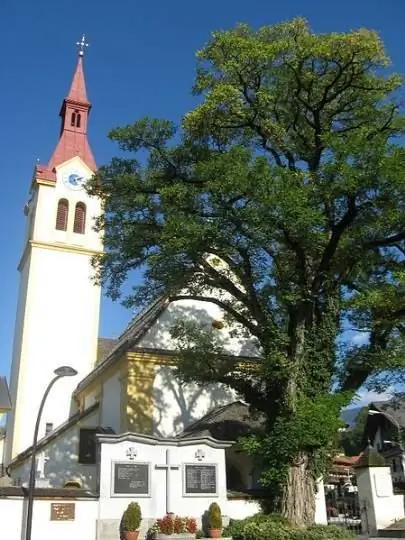
Description of the attraction
Igls is a large residential area in the southern part of the popular Austrian resort of Innsbruck. It is located four kilometers from the city center. This area is primarily known for its long bobsleigh track, built in 1963, which hosted competitions in the 1964 and 1976 Winter Olympics. However, in addition to sports facilities, this suburb is also famous for its more ancient architectural monuments, which include the city parish church, consecrated in honor of the patron saint of the city - Saint Egidius. It is believed that the very name Eagles came from the name of this saint.
The church dates back to the early Romanesque period in architecture, but in the 15th century it was almost completely rebuilt in the more modern Late Gothic style at that time. The solemn consecration of the temple took place in 1479. At the same time, the church was first mentioned in the indulgence of 1286. Like many other Austrian old religious buildings, it was again thoroughly rebuilt in the 18th century - this time it took on the appearance of a Baroque building. However, the interior decoration of the temple dates back to an even later period - unfortunately, in 1883 it was badly damaged due to a fire, as a result of which the church bell tower had to be practically rebuilt. The layout of the temple is designed in the Gothic style - it is especially worth noting the high, as if directed upward, ceilings of the choirs, which is typical for the Gothic.
After the fire, the Baroque frescoes of the famous master Josef Schmutzer the Younger, who painted the ceiling of the cathedral in 1777, were miraculously preserved. Another masterpiece of ancient wall painting is the image of the Crucifixion dated 1486. It is located in a freestanding burial chapel to the north of the cathedral. There is another separate chapel consecrated in honor of the Blessed Virgin Mary of Lourdes. Around the church there is an old city cemetery, which, like the architectural monument itself, is under state protection.






